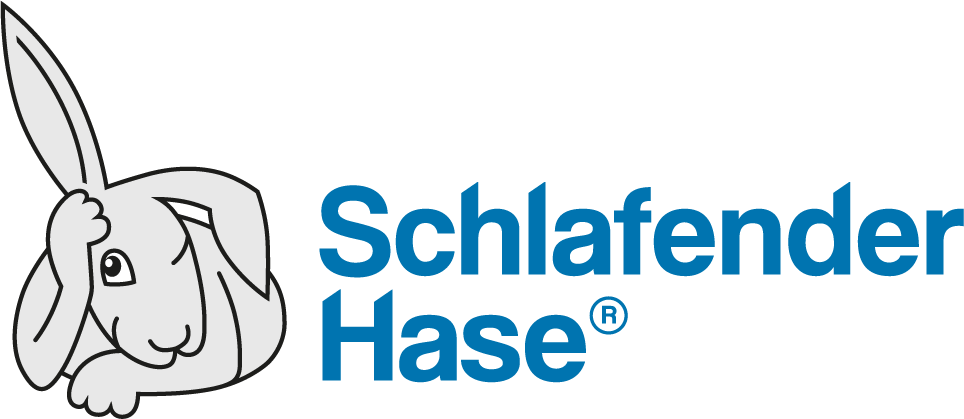Interview with Mike Baird, Director of Product Management
Q: On October 26th 2021, Schlafender Hase introduced TVT Barcode. This follows on the heels of the release of TVT version 10.2. What’s changed?
MB: TVT version 10.2 is an obvious extension and extrapolation of 10.1, offering better performance, functionality and features including and especially the newly released TVT Barcode. This module allows users to detect, decode, compare and grade many different industry relevant and specific codes to an extremely high level of accuracy.
TVT is laser focused on the digital environment, and that’s where our focus is going forward. We’ve made enhancements and improved user experience in areas like Critical Word lists and exclusion areas, as well as giving users more control when handling images and auto-rotate when checking text in multiple orientations, to name a few. These help users save time and work more efficiently. In all, we’ve made over 100 enhancements.
Q: What are the user-needs when it comes to barcodes, and how does TVT Barcode meet these?
MB: TVT Barcode has been designed to work seamlessly with TVT version 10.2. Our entire focus throughout the development of TVT Barcode was on getting realistic and accurate results, and that’s obviously what users want. For example, when it comes to decoding and comparing the barcode, TVT compares it against the human readable code making it easy for the user to assess whether the barcode is correct or not. Other tools on the market offer similar functionality, but we find that results are not always accurate.
Q: Why are the barcode grading results not always accurate?
MB: Because codes may be graded against non-relevant criteria or even against non-existent criteria. Each barcode has a certain set of specifications attached to it, and those are individual to each symbology, meaning the type of barcode. You need different specifications for different symbologies. Trying to grade all symbologies using the same set of specifications just produces the wrong result. Our users are working with digitally generated barcodes. They need to be able to catch errors before they reach the printing stage. Giving print-related grading results against a purely digital file can deliver incorrect results and expectations.
Q: What approach does TVT take to grading barcodes?
MB: Anything other than an overall grade of “A” is in a sense very inaccurate. In a digital environment, every digitally generated code should be in effect binary, i.e. perfect or not, so there should never be any result other than A (Pass) or F (Fail). This is the approach we’ve taken in TVT Barcode, and what I mean when I say that the results should be realistic and accurate. As I said, the barcode quality must be perfect, and TVT Barcode will only give a Pass result when it’s perfect.
Q: Did Schlafender Hase specifically have life sciences in mind when it developed TVT Barcode?
MB: This module has been designed to meet life sciences requirements and specifications, such as pharma specific, health authority specific and country specific codes. But barcodes are used across virtually all industries, so it’s not exclusively for life sciences.
Q: When you say pharma-specific codes, what codes do you mean?
MB: There are many different codes on various kinds of pharma packaging, ranging from more retail-focused codes such as the familiar EAN (European Article Number) and UPC (Universal Product Code) families, through to country- and health authority-specific codes such as the German PZN/PPN, 2D DataMatrix and QR codes that can store vast amounts of data and also provide links to informational websites and online repositories. There are also non-retail codes such as the Laetus Code (also known as the Pharma Code), which is focused on packing accuracy in the factory environment. TVT Barcode delivers accurate grading results on all 1D codes that require grading.
Q: Do you see a broader user base for TVT Barcode than life sciences?
MB: These days, every industry uses barcodes in some way, shape or form – from pharmaceutical for retail, informational, supply chain and safety purposes, to retail/consumer packaged goods (CPGs) for everyday pricing and inventory and even marketing purposes. Barcodes are an everyday part of our lives. TVT Barcode benefits customers in other industries the way it does in pharma and medical devices: mistakes are costly and the sooner they are picked up and rectified the better.
Q: What role have users played in the development of TVT 10.2 and TVT Barcode?
MB: Development ideas come from inside and outside the business. Every member of the Schlafender Hase team who has customer contact works to channel our users’ needs and wants into a feature and/or functionality that can meet and hopefully exceed them. Many suggestions also come from our Beta testers, who run any new version through its paces before release.






